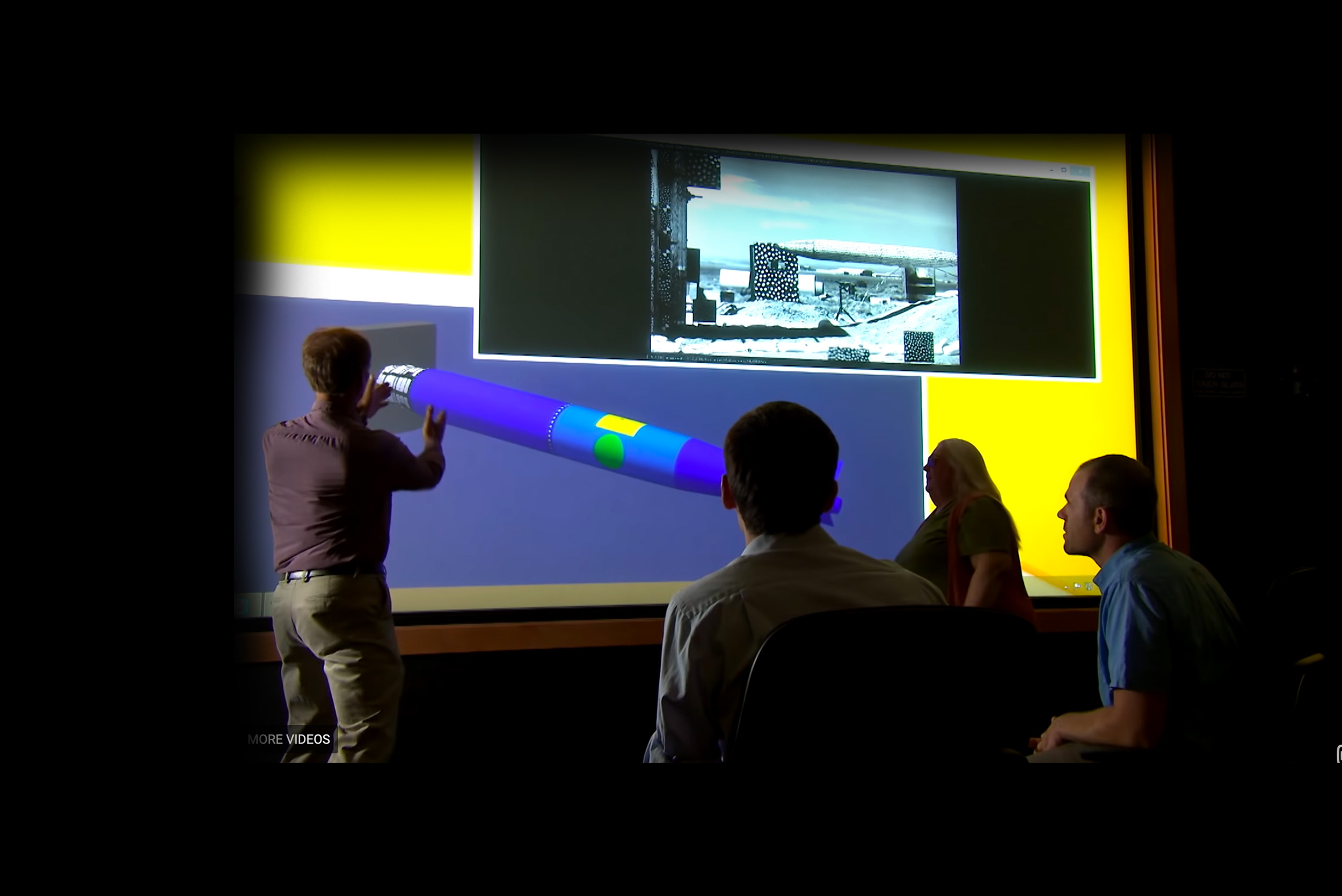Sandia’s aerospace engineers have provided critical data for the design and analysis of flight vehicles since the 1950s.
Aerospace Engineering Openings
- No jobs currently listed for this location.
- No jobs currently listed for this location.
- No jobs currently listed for this location.
Aerospace engineers at Sandia support atmospheric and space flight vehicles across the speed regimes, from subsonic to hypersonic, through their collaborative work on multidisciplinary teams. Our aerodynamics and astronautics specialists integrate the results from experiments, analysis, and simulation to solve complex problems of national interest.
Sandia’s aerodynamic facilities include a High-Altitude Chamber, a Trisonic Wind Tunnel, and a Hypersonic Wind Tunnel. Force and pressure data at Mach numbers from 0.5 to 14 are obtained in the blow-down, medium-scale wind tunnels, while the High-Altitude Chamber is used for low-pressure experiments involving exo-atmospheric systems, such as satellites and reentry vehicles.
Aerospace engineers are involved in all phases of aerodynamics and astronautics research, development, and applications, including computational development and analysis, as well as ground and flight testing.
Key areas for aerospace engineers at Sandia
- Applied and experimental aerodynamics and astrodynamics
- Spacecraft and space mission/constellation design
- Modeling and simulation of multibody dynamics
- Flight/orbital mechanics, range safety, and space environment
- Aerothermodynamics and high-temperature material thermal response
- Navigation, guidance, and control systems
- Spacecraft integration/test and attitude determination/control
- Flight vehicle design and test range operations
- Systems engineering and project management of aerospace systems
